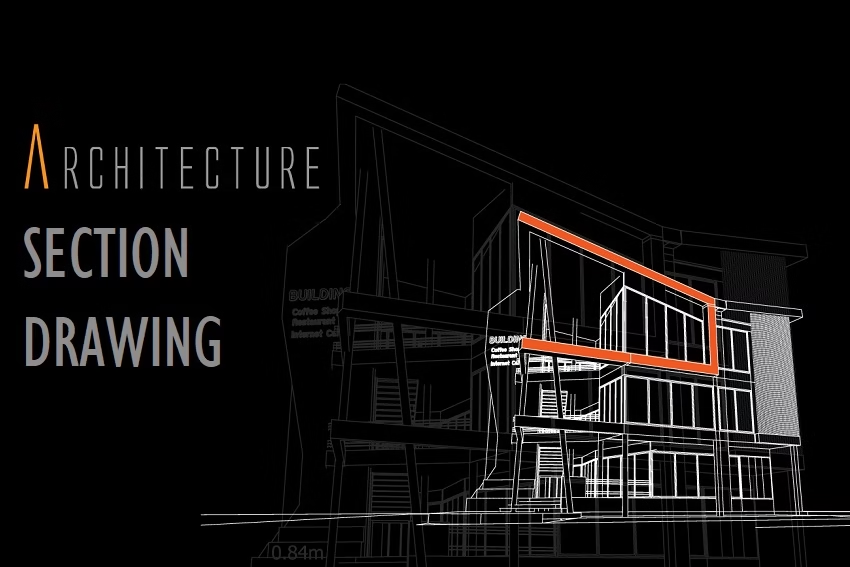A performance or surety bond is now well known in the contracting business, especially in the real estate business. It is a type of legal obligation and a legal contract between three parties that involves the surety, the principal, and the obligee.
The principal is the contractor who gets the contract for construction work, and the obligee is the contract owner who provides the contract and invests in the construction.
In all cases, the surety is any financial institution that has to incur the risks involved and pay the obligee if the principal does not perform as per the contract. The performance bonds are a legal obligation between three parties and an important document in the construction business as it ensures the quality of work.
Importance of Performance Bonds in Construction Business
A construction contract involves investments in large amounts and investment from a party that wants the quality of work to its highest levels. In this case, a risk involved in the construction does not occur according to the contract’s given standards.
In order to ensure that the performance is at its best, a performance contract is signed by the real estate developer to avoid any big losses. If the construction work is not completed on time, or if the quality is not satisfactory, the surety has to pay the percentage amount of the contract as decided between the parties.
The fixed percentage is 20%-50% or 100% in some cases of the contract value or more. Usually, the bond rate is between 0.5-2% of the contract value.
How Does It Work?
It is used in three types of projects,
- Private real estate development or construction projects
- State government construction projects
- Public work projects
In all these types, the purpose of performance bonds is the same. The obligee makes the bond, the principal accepts and purchases it, and the surety incurs the risks. If the contract is completed, the obligation is finished, but when the principal fails to meet the expectations set forth in the contract, the obligee can claim payment from the surety.
Risks Involved without a Surety Bond
There are huge risks involved in the construction business without a bond between the parties. In the event of insolvency of the contractor, the developer also needs to pay the insolvency costs. This cost involves contacting a new contractor and paying him to complete the work.
The new contractor may not work on the same value you offer; you need to provide more than usual. The developer can’t pursue the insolvent contractor as it will be in the process of liquidation. Too many risks are involved when choosing to go into a contract without a bond. Therefore, a real estate developer needs to have this signed with the contractor by involving a third party as the surety.
All contract-based work requires a contract signed with a surety bond. Either you work with surety, or you don’t. The investments and work carried out in the real estate business are huge, and too many risks involved in it. However, the bond pricing, percentage of risks covered, and terms are decided and agreed upon by the parties based on their requirements.






